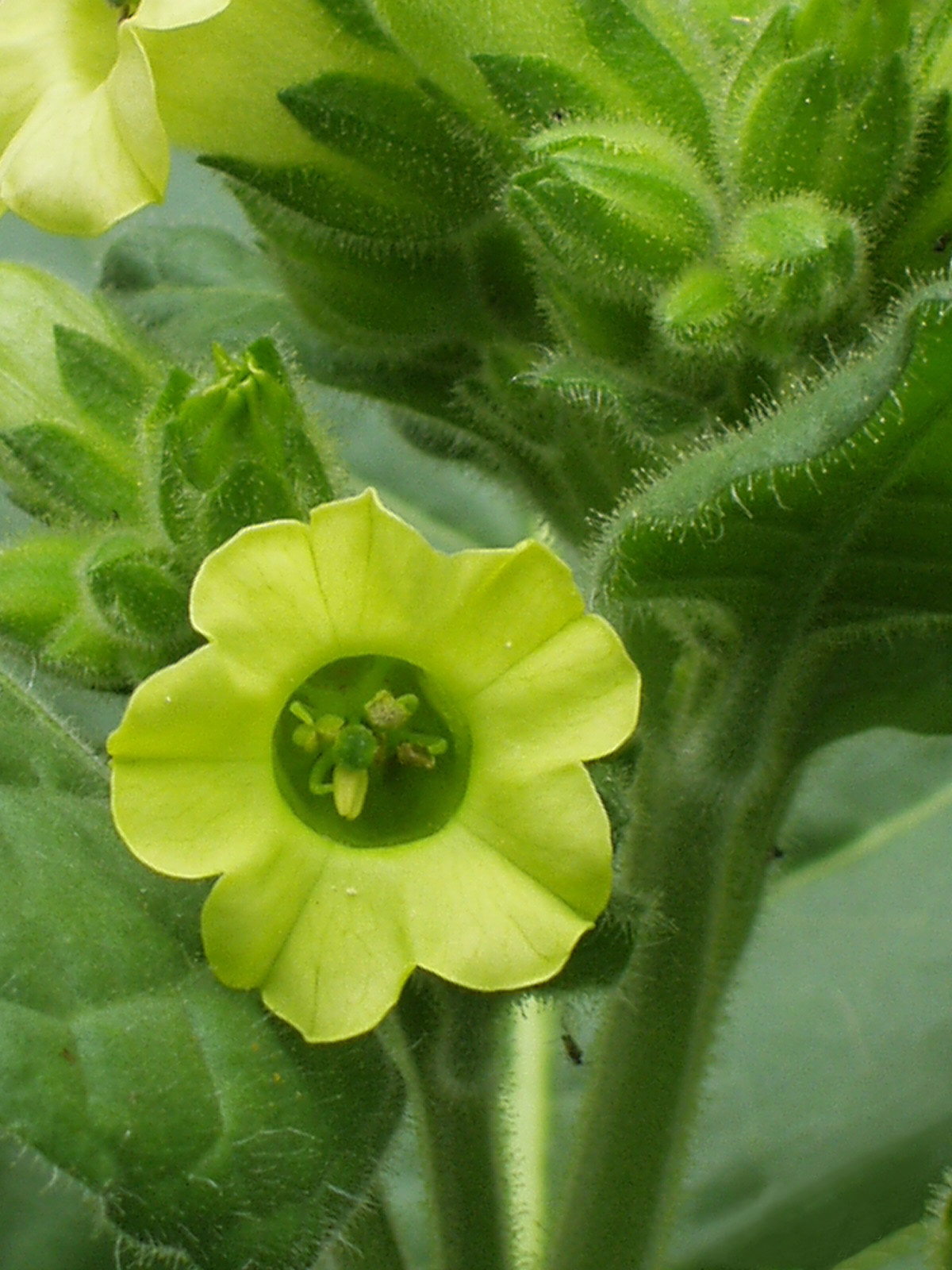Plants get up to all sorts of clever tricks to persuade animals to pay a visit and pollinate their flowers.
Many animals are tempted by delicious smells and a reward of sugary, energy-rich nectar. But what if those visiting animals don't just take away their nectar reward - pollinating the plant in the process - but also leave behind a clutch of hungry, plant-munching offspring?
A new study has shown how some plants have come up with an ingenious solution.  They re-programme themselves to attract an alternative pollinator that doesn't produce herbivorous youngsters.
They re-programme themselves to attract an alternative pollinator that doesn't produce herbivorous youngsters.
Publishing in the journal Current Biology, Ian Baldwin from Max Planck Institute for Chemical Ecology in Germany and colleagues focus on a species of tobacco plant - Nicotiana attenuata - which responds to the spit of hawkmoth caterpillars and three days after an infestation begin to produce flowers in the morning instead of at night when the hawkmoths are at large.
Observing thousands of tobacco plants in the wild, the researchers discovered that following an attack of hawkmoth caterpillars, the flowers don't open as wide and produce less sweetly scented nectar. But that doesn't bother the day-flying hummingbirds, which begin to arrive and take on the role of chief pollinators. The team also studied genetically modified tobacco plants that lack a key hormone, called jasmonate, which is known to trigger a range of other plant defence mechanisms.
Unlike the wild plants, the jasmonate-free plants did not change the timing of their flowering when caterpillar spit was rubbed into a cut leaf. But they did respond when they were sprayed with the hormone, revealing the key role jasmonate plays in the chemical pathway between caterpillar attack and flowering.
Why do the plants bother attracting moths in the first place, instead of using harmless hummingbirds all the time? It seems likely that despite laying hungry caterpillars, the moths are more efficient pollinators and can be attracted from miles around. Meanwhile, hummingbirds don't travel as far and they ay they visit flowers tends to lead to more inbreeding within individual plants.
All in all, the best strategy for these tobacco plants is to use the reliable moth pollinators up until their hungry young come along. Then it pays to switch strategies and start attracting hummingbirds instead: very clever indeed.










Comments
Add a comment